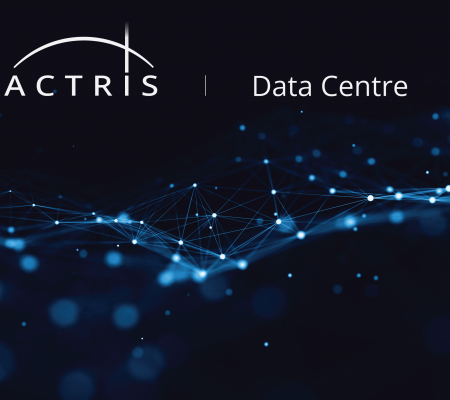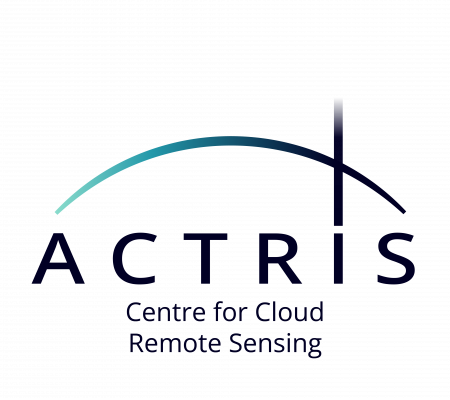The ability to predict the future behavior of the atmosphere over all time scales (hours to decades) brings great benefits to society and the economy. Examples include short-term hazardous weather and health warnings as well as long-term evaluation of climate change and policy effectiveness. Atmospheric predictions of all kinds use complex models that are underpinned by observations. Without high-quality observation data to constrain predictive models any forecasts of the atmosphere are highly unreliable.
ACTRIS focuses on producing high-quality observations of short-lived climate forcers (SLCFs) and other short-lived atmospheric components. These components have a residence time in the atmosphere from hours to a few weeks, which differentiates them from long-lived greenhouse gases. The short lifetimes make their concentrations highly variable in time and space and involve processes occurring on very short timescales.
These considerations separate SLCFs from long-lived greenhouse gases (LLGGs) and call for four-dimensional distributed observations. Such measurements are provided by ACTRIS, a research infrastructure consisting of observatory and exploratory platforms (called National Facilities) and a number of Central Facilities fundamental for the provision of harmonized high-precision data and a variety of services required by the scientific community.
A deeper understanding of the driving forces of climate change and air pollution requires quantification of the short-lived atmospheric constituents and their emissions, sinks, and atmospheric spatial and temporal variability. In order to improve the climate model accuracy and sensitivity, secured access to long-term observational data with high precision and sufficient density is crucial.
This is the grand challenge of ACTRIS.
The services provided by ACTRIS are important for a number of scientific questions:
- How do clouds, aerosols and trace gases affect the Earth's radiation balance and atmospheric chemistry?
-
Atmospheric aerosols and trace gases modify the Earth's radiation balance. Through the direct effect, aerosol can both cool (e.g. sulphates, nitrates and secondary organics) and warm (black carbons) the planet. The indirect (cloud-related) effect of aerosol is believed to be cooling, but there are large uncertainties due to the complexities of cloud systems and how they respond to aerosol, in particular the concentrations of cloud condensation nuclei.
- How do clouds respond to global warming?
-
There are large uncertainties due to the complexities of cloud systems and how they respond to aerosols, in particular the concentration of cloud condensation nuclei. Clouds are one of the major sources of uncertainty in future climate predictions. These uncertainties severely undermine our ability to make credible predictions of future climate change.
- How do the concentration and distributions of aerosol and trace gases vary in space and time?
-
In order to reduce air pollution and related adverse effect on health and ecosystems, information on concentrations and distributions of aerosol and trace gases is needed. It is well established that aerosol particles, at concentrations typically found across Europe, give rise to severe and unacceptable health effects in the European population. The situation is even worse in other regions of the planet.
- What is the impact of climate feedback mechanisms on atmospheric composition and chemistry?
-
There are major gaps in knowledge to quantify the impact of climate feedback mechanisms on atmospheric composition and chemistry. There is a large number of factors driving climate change and the various systems are strongly coupled. An additional level of complexity is linked to the issues of anthropogenic-induced climate-chemistry interactions. Emissions of pollutants change the atmospheric composition contributing to climate change through the aforementioned atmospheric constituents, and, vice-versa, climate change influences atmospheric composition through a series of feedback processes.






















